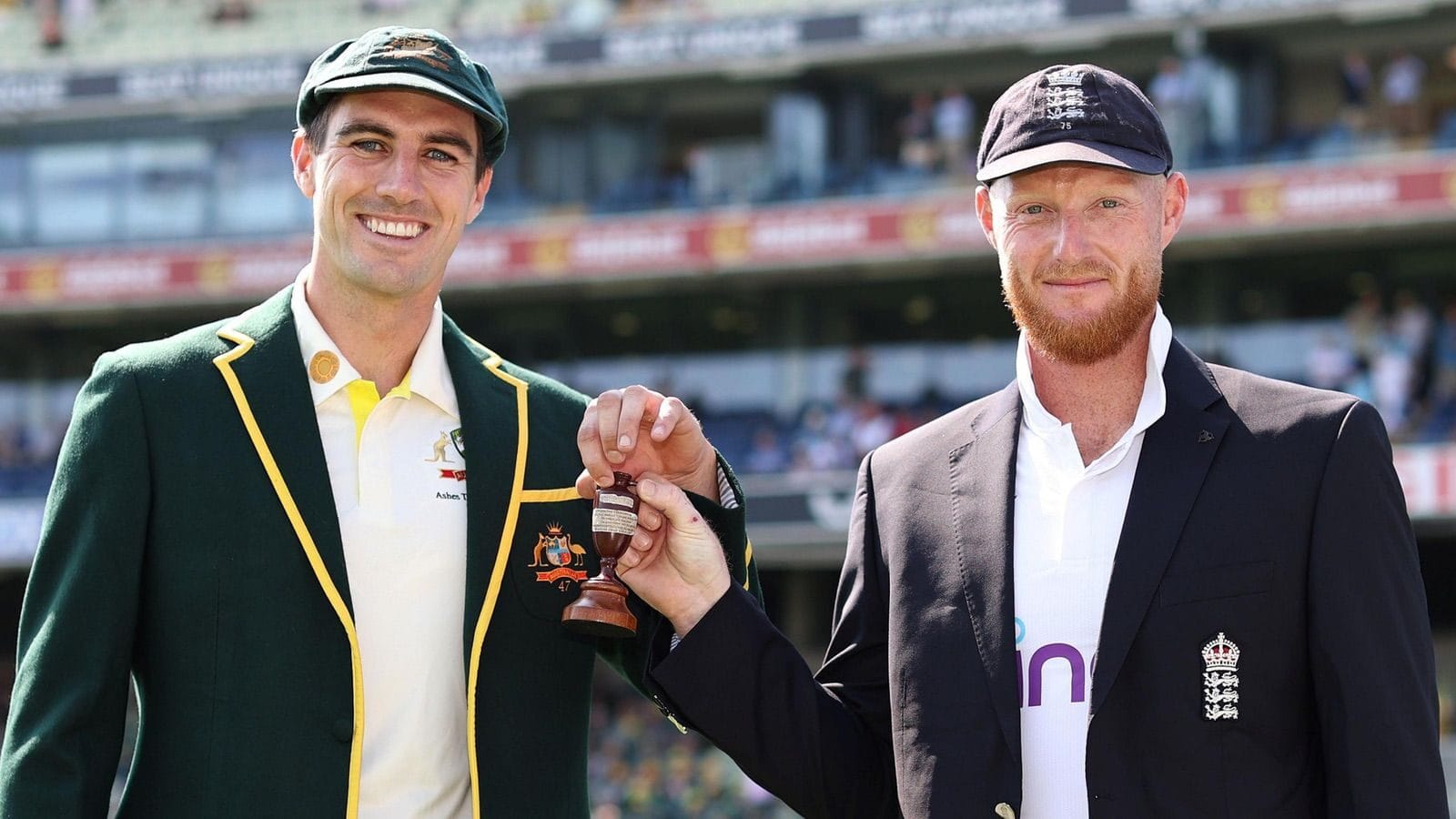Crikey O’Reilly !!
Crikey O’Reilly ?
Is Crikey O’Reilly the latest Irish cricketer to make his debut for England in an otherwise forgettable one – day international?
Er, no. It was the expression uttered by Mark Nicholas in the commentary box at Edgbaston in 2005 as Kevin Pietersen muscled a ball from Brett Lee over midwicket for the eighth six of the first day of the second Test between England and Australia.
I thought about this the other day while watching bits of the third Test between Pakistan and New Zealand at Sharjah. It was an extraordinary match in a number of ways. It began on the day before the tragic death of Phillip Hughes – cricket’s darkest day, a day which brought sorrow and pause for contemplation to all lovers of the game and many others besides.
In purely cricketing terms, once the game had resumed after having been suspended for a day as a mark of respect, it marked a remarkable resurgence by New Zealand and an equally remarkable decline by Pakistan, enabling New Zealand to square the series.
But the most memorable cricketing thing about the game was the number of sixes. In their only innings New Zealand hit twenty two, a world record for a Test innings. Eleven of them were scored by New Zealand’s captain and opening batsman Brendon McCullum who made an extraordinary double century. McCullum finished one behind the record holder , Wasim Akram , who hit twelve against Zimbabwe in 1998. Wasim had broken a record that had stood for sixty five years, the great English batsman Walter Hammond having hit ten sixes in his 336 against New Zealand in 1933.
Hammond’s Auckland innings is a curious anachronism as far as Test cricket is concerned. Of test cricket’ s top fifty six hitters – McCullum has leapt up to tenth with only Chris Gayle among current cricketers ahead of him – only one, Clive Lloyd , has a Test career which stretched back into the 1960s. McCullum has hit 81 sixes in ninety matches. Hammond, notwithstanding his Auckland innings, hit 27 sixes in eighty five matches. The greatest batsman of all, Don Bradman, hit six sixes in fifty two matches. But Bradman was the ultimate at everything batting- related, including ” playing the percentages”: he liked to keep the ball on the ground.
It is always fun to see a tail- ender hit a six. In that regard the current champion is undoubtedly another New Zealander, the opening bowler Tim Southee, who, with fifty two sixes in thirty seven Tests is twenty eighth in the all time list and fourth among current players behind Gayle, McCullum and M S Dhoni. Southee got off to a flying start , top scoring with 77 not out in New Zealand’s second innings of his maiden Test against England at Napier in 2008, including nine sixes. So after one match Southee had hit more sixes than The Don in his entire career.
Of course Bradman was different but Test cricket itself was different. It is not just the heavier bats and the smaller boundaries. It is as much a matter of attitude and the impact of one day cricket and a more positive attitude generally , particularly exemplified by Steve Waugh’s Australians. It was that sort of approach which enabled England to score at five an over on the first day at Edgbaston in 2005, and gave birth to Crikey O’ Reilly.
Before 1910 ( in England) to hit a six a batsman had to hit the ball out of the ground. This must have happened often enough but perhaps the most famous single instance must have been in 1899 when the Australian Albert Trott, playing for MCC against the touring Australians, hit a ball from Monty Noble over the Pavilion at Lord’s and into a neighboring garden, a prodigious hit. The Pavilion had just opened. The noble edifice, still with us today , was built between September 1898 and May 1899, about the period of time it takes to get planning permission to stick a conservatory on a suburban bungalow these days. No one has emulated Trott’s feat though I saw Mike Llewellyn of Glamorgan come very close in the 1977 Gillette Cup final against Middlesex.
The Laws of Cricket make it quite clear that both sixes and fours are boundaries. It is amazing how many commentators seem to be unaware of this.
Sometimes it doesn’t make much difference. In July 1935 the touring South Africans played Yorkshire at Sheffield and the wicketkeeper Jock Cameron hit the slow left armer
Hedley Verity for 30 in an over (4,4,4,6,6,6). ” You’ve got him in two minds Hedley” called out the laconic wicketkeeper Arthur Wood . ” He doesn’t know whether to hit you for four or for six.”
Bill Ricquier, 7/12/2014
This article was featured in ESPN Cricinfo: http://www.espncricinfo.com/thestands/content/story/811585.html




